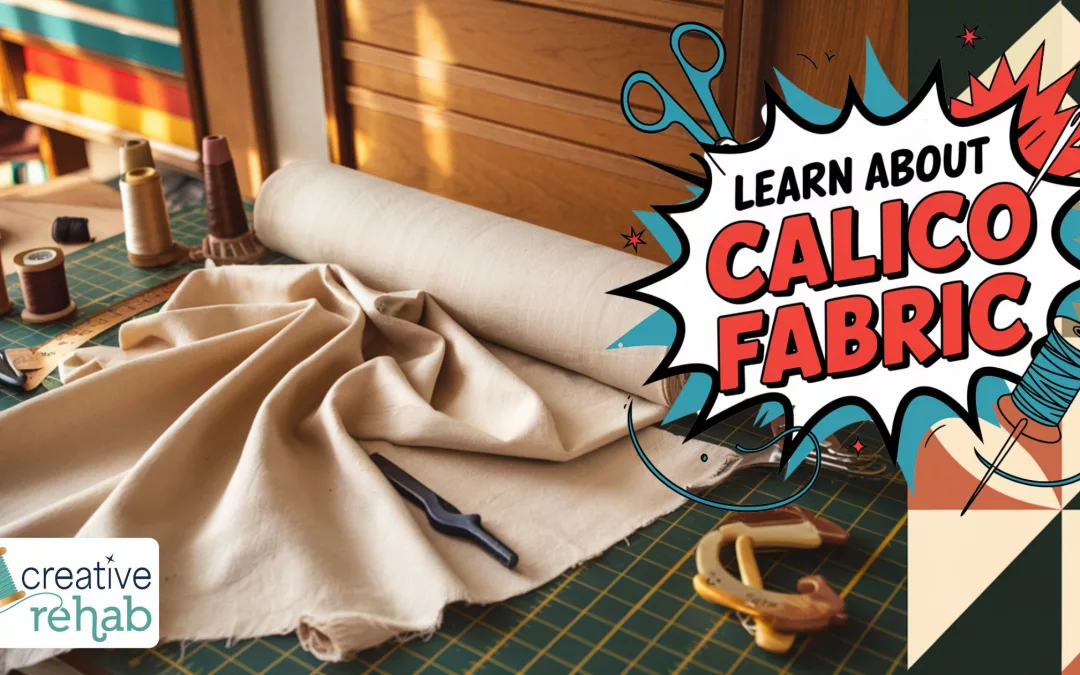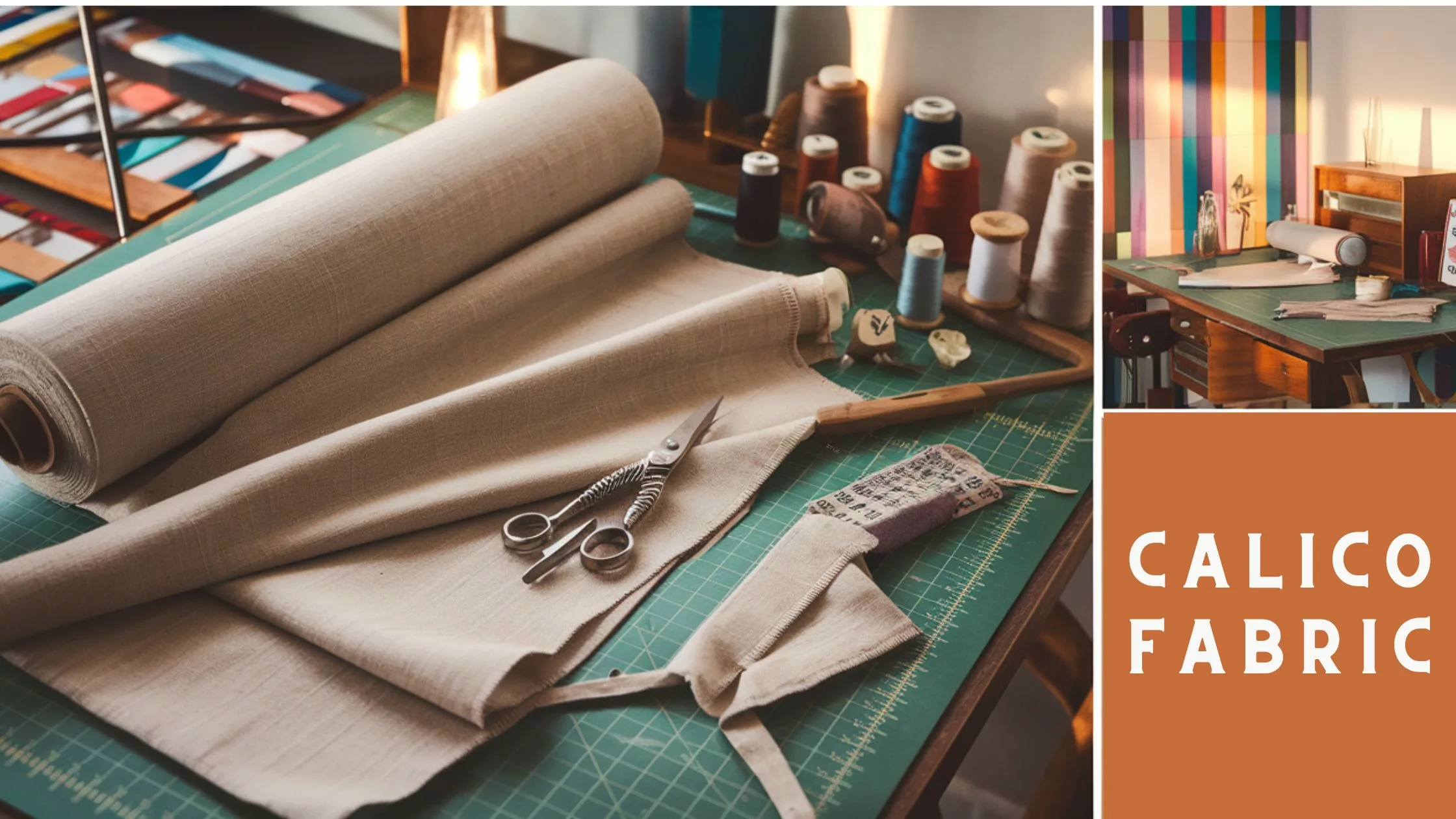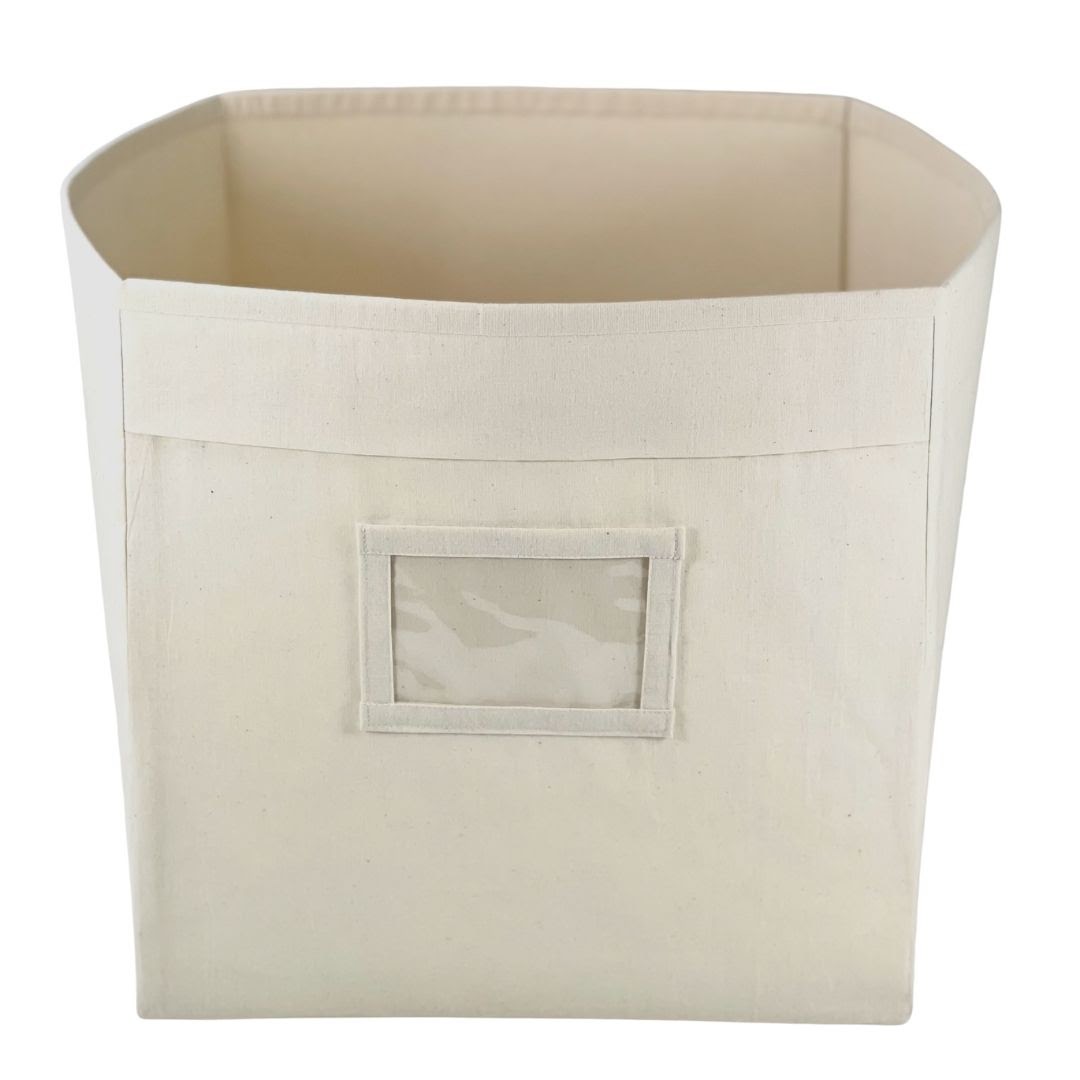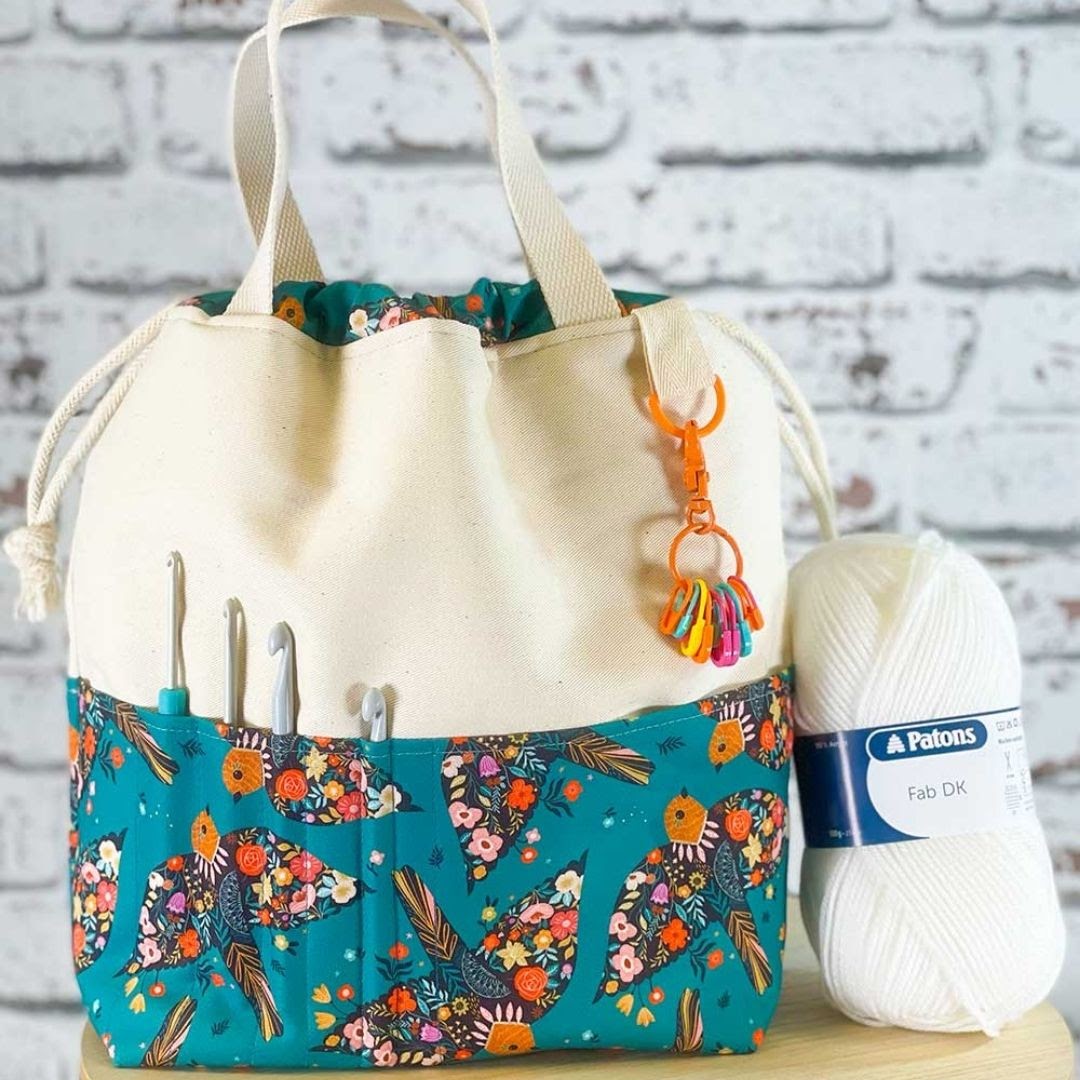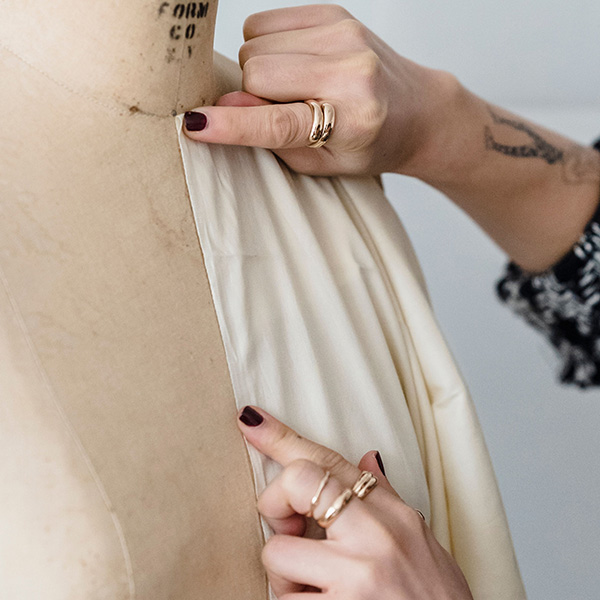19. Label this piece ‘Front’ and don’t forget to add seam allowances before use. See the note on seam allowances further down the post
Creating the waistband
We are creating a casing style waistband – this is where you create a casing and thread the elastic through your casing channel:
You need to measure the width of the elastic, add 0.5cm / ¼” to create a generous casing, and add another 0.5cm / ¼” to fold under. In this case we are using 2cm / ¾” wide elastic. Draw a line parallel to, and 3cm / 1 ¼” from the top waist of your pattern.
Now we want to make the lines you’ve traced a bit clearer and smoother. Use your French curve or ruler to smooth out your traced line. Check out the seam allowance video below for how to use the French Curve.
Adding Seam Allowances To Your Pyjama Bottom Pattern
Measure the seam allowance on your original pyjama bottoms. You can either copy and apply this seam allowance, or use a standard 1cm / ⅜” seam allowance to keep things simple (this is what we did)
You need to apply your seam allowance to the side seams, inner leg seams and crotch curves.
Use your ruler or French Curve for this making little dashes or dots 1cm/ 3/8″ from your smoothed out traced line. Please note: In this video we got carried away adding 3/8″ seam allowance and added that on to the waist when we should have added the waistband (just in case you were wondering why yours was different!)









































